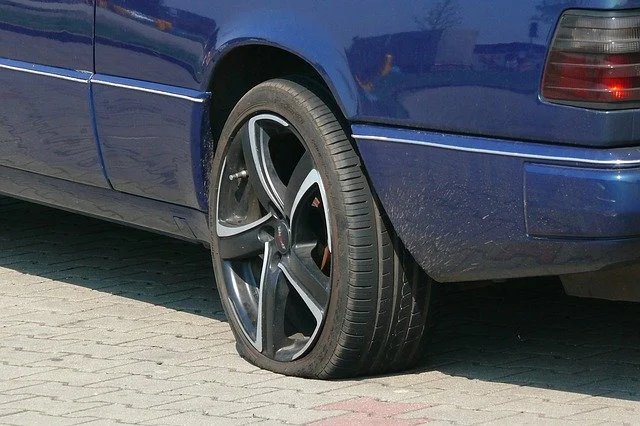Unless you have run-flat tires installed, a flat tire is a driver’s worst nightmare. It’s even more annoying when you’re already running late for something. In this crippling situation, you’ve got a limited number of options.
One — you could get your office clothes dirty and replace the spare on your own. This option isn’t ideal, and also requires you to have a spare wheel, a toolkit, and the necessary knowledge to replace a spare. You could also call roadside assistance, but they’ll take about 45 minutes to get to you.
Goes without saying, there’s no easy way out of flat-tire-situation. Well, say hello to run-flat tires! They’re designed to let you drive up to another 100 miles on a flat tire. You’ll still need to replace your flat tire, but it’s no longer an emergency. You don’t have to do it in well-ironed office clothes, and you don’t have to be late to your meeting just because you’ve got a flat tire.
What Are Run-Flat Tires?
The most common type of run-flat tires are self-supporting tires. They have heavily reinforced sidewalls which are designed to support your car’s weight even when the tire’s air pressure is low or falls to zero. Thanks to this, you get to conveniently find a repair shop within a 100-mile radius for your punctured tire instead of having to replace the spare yourself or waiting for roadside assistance.
However, like every other revolutionary invention, the run-flat tire has its downsides too. Let’s look at a few major pros and cons of run-flat tires.
Pros
- The biggest advantage of a run-flat tire is that you get to drive on a flat tire. It doesn’t force you to get out and replace your tire in the rain, freezing temperatures, or scorching heat. You can easily find a nearby repair shop and have a professional do it for you.
- Run-flat tires are great for emergencies. Whether you’re rushing someone to the hospital or getting late for an appointment, run-flat tires cover the risk of a flat tire holding you back. You can drive up to 100 miles on a self-supporting tire, which allows you to deal with the problem on your own terms.
- The next time you get a flat tire in a sketchy part of town or a busy highway, you can simply drive to safety with run-flat tires.
- Since you don’t necessarily have to carry a spare tire, you save trunk space. You also save up on fuel costs due to reduced vehicle weight since there’s no spare wheel, toolkit, and hydraulic equipment to lift the vehicle.
- Run-flat tires offer much better stability in the case of a blowout. Since they can support your car’s weight at a low or nill air pressure, blowouts won’t destabilize the car as much.
Cons
- Run-flat tires generally offer a harsher ride than conventional tires. It is because the reinforced sidewalls are stiffer. Vehicles shipped with run-flat tires typically have softer-tuned suspensions to counter this effect.
- Since the stiffer sidewalls don’t cave in, it’s hard to tell if the tire’s low on air. Drivers with run-flat tires should have access to tire pressure monitoring systems and check them frequently.
- Self-supporting tires are more expensive to purchase and replace. They’re generally $40 to $65 more expensive than their conventional counterparts across all categories.

